
As a former distributor executive, I vividly recall lengthy meetings where we and our suppliers discussed the on-premise “Rotation Nation” draft handle challenge. This draft trend is based on consumer demand for “whatever is new.” On-premise accounts, therefore, satisfy their target audience request by constantly flipping their draft lineup.
This merry-go-round beverage buffet may be appealing to the craft customer. However, it results in financial losses for the wholesaler. Distributor costs include driver delivery, draft tech line cleaning and new brand install. This one-and-done keg policy also strains distributor inventory forecasting and can leave the wholesaler long on various draft styles — typically ordered weeks, sometimes months, in advance.
Suppliers also feel the impact as the placement may be part of a monthly or quarterly wholesaler incentive. This gets quite expensive when pay outs can exceed $150 per handle in major metros. This is an ROI disaster. Despite spending thousands throughout the year on incentives, suppliers often end up with fewer draft accounts than what they started. In the trade, this is known as “churn.”
So what can a company do to confront Rotation Nation?Here are a few on-premise or on-trade suggestions:
Account sell in
- During the draft presentation to the owner or buyer, discuss and then agree to a minimum monthly volume threshold (in kegs). This figure must be precisely defined.
- Show and explain the profit per pour that the account will earn by authorizing your draft brand. Then show the total revenue generated from each half barrel. Repeat this figure several times so that the owner or buyer remembers what he/she generates from each of your kegs sold. Many suppliers fail to take this simple step.
- Specify how the brand will be supported after the keg is tapped.
Bar backs: the forgotten link
- After the meeting, ask to speak to the bartenders, bar backs and wait staff. Inform these critical gatekeepers on your brand story, KDA (key differentiating advantage), the coming beer style and the importance of informing every customer with this information. For those unable to attend, leave a laminated page that delineates these brief yet important points. This sheet can be posted in the back of the house.
- While speaking to this group make a special request of them. That is to text you or your sales rep/manager the instant that the keg kicks (empties). The text number should be on your business card, the laminated sheet AND on your keg neck label. Inform the team that they will earn points towards a VIP experience at your taproom for doing so. Be sure to emphasize the bar back in this equation as he/she is typically the one to switch out empty kegs.
- Prepare an Excel spread sheet with the following columns: Account Name, Location, Buyer/Owner, Brand Poured, Monthly Volume Agreement, Tap in Date, Kick Date and Rate of Sale.
Critical component: the draft team
- Next meet with the wholesaler. When there, announce to the on-premise sales team the implementation of a Handle Jeopardy Report. This tool will be used when an account informs the wholesaler sales rep (or yours) that the current handle is in jeopardy of being replaced. Provide the sales team with a number for ease of texting. It will be the supplier’s job to respond to the account that day, preferably immediately following notification. Oftentimes these handles are salvageable. If not responded to promptly, the handle will more than likely fall to your competition — and be rotated.
- While at the wholesaler meet with the draft team. These are the guys who install your product and are often ignored by suppliers. In this meeting, introduce yourself, the company, your KDA and announce that you would appreciate the draft tech texting you the date that your brand gets tapped in at ANY on-premise account. Inform them how important it is to receive this information which is recorded in a master spread sheet. Also inform them that each time they do this they will earn points towards a VIP experience at your taproom.
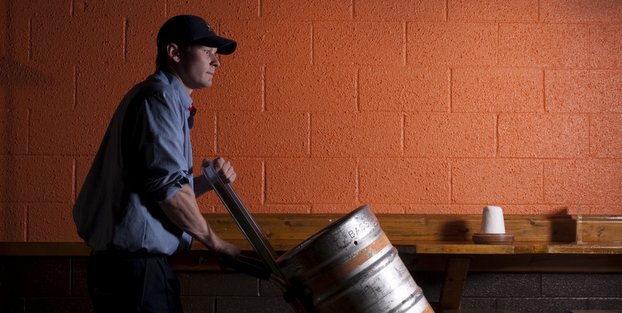
Exploit proprietary data
- As you receive the tap-in and kick dates, you’ll then be able to calculate the account’s rate of sale. If this meets or exceeds the agreed to threshold volume, then forward this good news (including profit and revenue) to the owner/buyer. They will appreciate this as it supports their decision while keeping your brand top of mind — and on tap. They will also assume that you visited their account. Be sure to remind your wholesaler to keep additional inventory at the account so that the next keg tapped is yours.
- If the sales rate is below the agreed to volume, then you’ll need to devise a promotional plan to jump start trial. This is done through your sales rep, spokes model brand promotion or ambassadors.
- If the spokes model option is not appropriate, I have found great success in working with groups that enjoy alcohol. A significant group in the United States are gear heads. These automotive enthusiasts love their cars and craft beer, cider and spirits. They are also very loyal and often sought out for their opinions. They meet regularly at on-premise accounts such as pizza parlors. They can be presented to by your sales rep and invited to on-premise promotional nights to support your brand.
- If the automotive angle is not to your liking, I’ve had great success working with European consular teams that attend monthly networking/drinking meetings at key on-premise accounts. Once you’ve gained a rapport with such a group, you can invite them to your next promotion that will significantly support your brand. I’ve seen a keg kick in one night with these beer craving groups. The account will also love your strategic support for their business and remember you.
- As your spread sheet populates, inform the top accounts of their success. This will deepen the relationship while preserving your real estate. This data can also be used by your sales rep when calling on non-buy accounts who want to know how the brand performs.
- Use your rate of sale data in wholesaler meetings to show brand momentum and prepare for ABP asks.
- As the draft tech relationship grows, ask them for new account opening information and possible draft leads at current accounts. This side of the wholesaler equation is often overlooked by suppliers who focus all of their energy on the internal sales force.
- Remember that new is not always better!
Mark Colburn has 25 years of experience in the US beverage alcohol industry. He is the author of Craft Beer Marketing & Distribution – Brace for SKUmeggedon and the host of the podcast series, “The Shinerunner Show”.

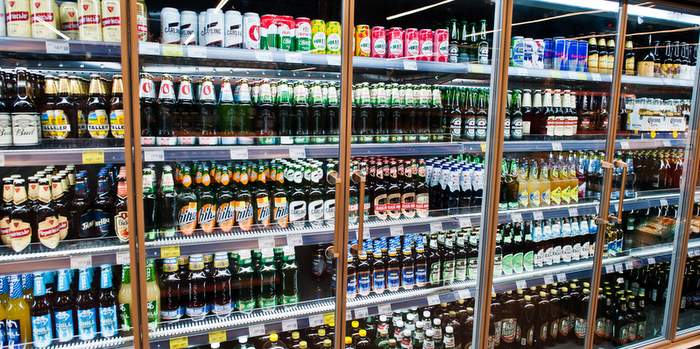
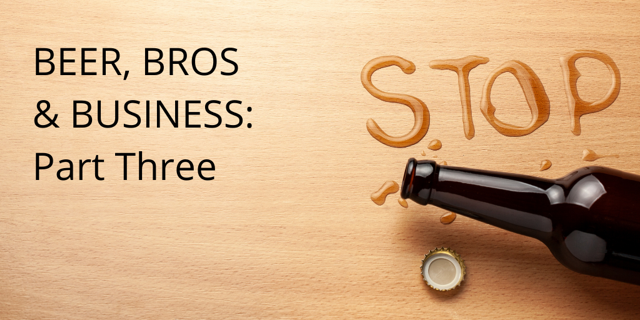
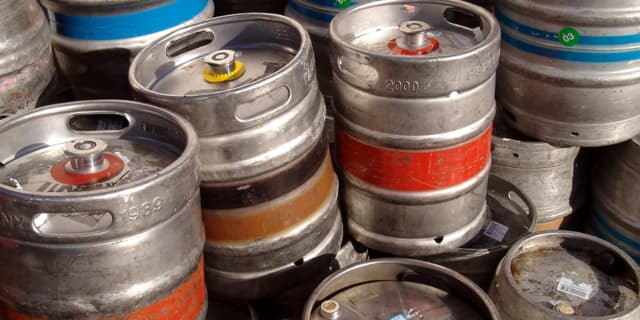
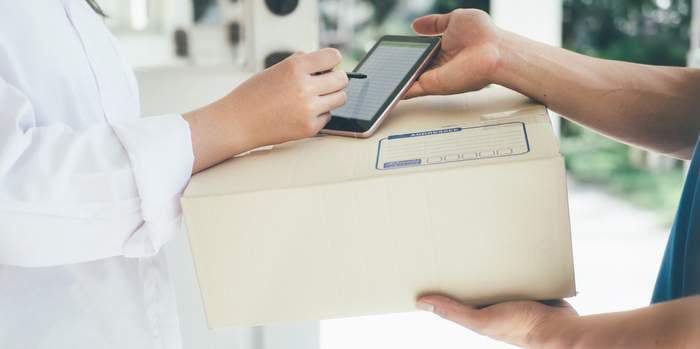

Rick Boyd says
I can’t think of a single account that would commit to putting on a beer and setting a minimum purchase without some sort of incentive to do so. This guys sounds like a former AB guy who was paying for handles.
David Heltzel says
Came to say a similar thing. Not sure about paying for handles but this dude sounds like he’s spent 25 years selling macro to big bars based on these suggestions. It’s like the AB handbook.